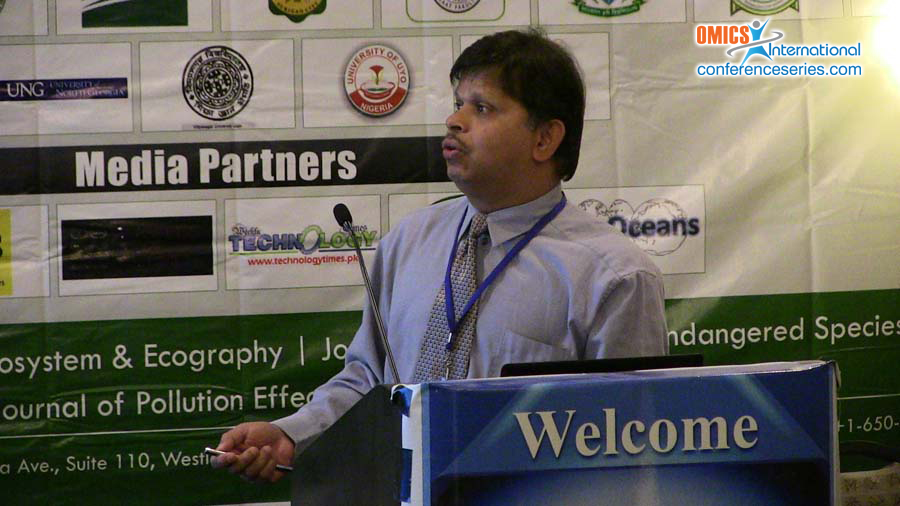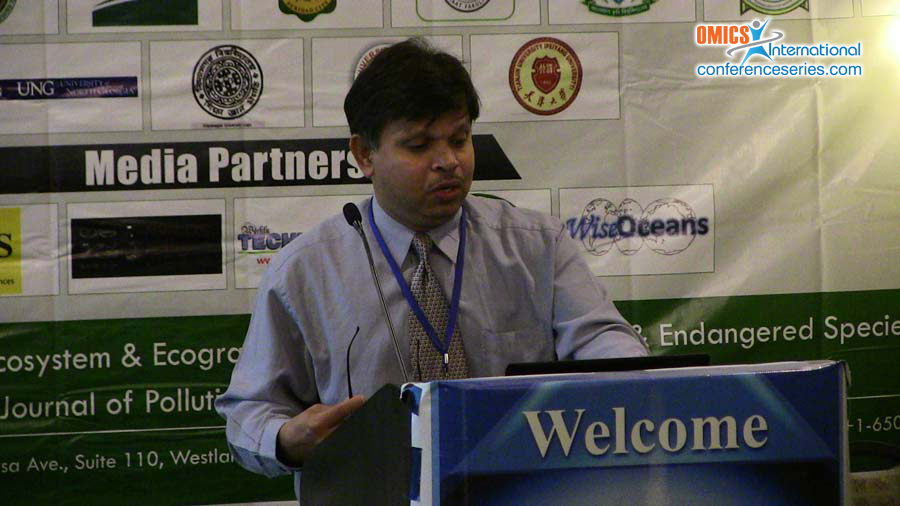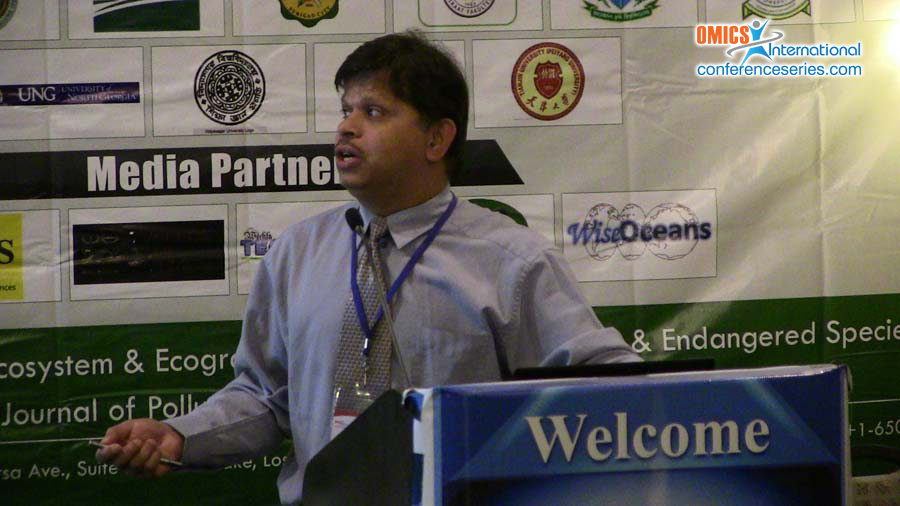
Sudhanshu Sekhar Panda
University of North Georgia, USA
Title: Remote reach water quality assessment with Geospatial data
Biography
Biography: Sudhanshu Sekhar Panda
Abstract
The Federal Water Pollution Control Act or Clean Water Act of 1972 protects US waterby restoring and maintaining the chemical, physical and biological integrity of the nation’s waters by preventing point and nonpoint pollution sources. The Total Maximum Daily Load term in the U.S. Clean Water Act describes a value of the maximum amount of a pollutant that a body of water can receive while still meeting water quality standards. To meet the TMDL standard most of the counties, cities and states monitor the water quality of their rivers and streams on regular basis. However, the regular in situ water quality monitoring is expensive and time consuming. Th erefore, there is a need of developing inexpensive, quick and remote process to know the water quality of country’s water bodies. Use of geospatial technology is one of the best tools to develop water quality prediction models by studying the watershed environmental dynamics. Th e objective of the study is to develop algorithms using watershed based land use data and soil characteristics to estimate various water quality parameter values to support TMDL analysis. Real in situ monitored water quality parameter (DO, Temperature, BOD, TSS, pH, P, TKN, NH3-N, NO3-N, Alkalinity, Turbidity, Conductivity, Fecal Coliform and E. Coli) data were obtained from Gainesville city environmental department in Georgia from 2001-2013. Th e monitoring locations were used as exit points to delineate the respective watersheds with ArcSWAT hydrologic Model that used 10 m DEM. Landuse and soil data which directly infl uence the water quality of the reaches in the watershed were obtained for processing. National Agricultural Imagery Program (NAIP) 1 meter imagery from 2005, 2006, 2009, 2010, and 2013, SSURGO data containing soil texture data were acquired from USDA NRCS Geospatial Data Gateway. Th e data were processed in ArcGIS 10.2 soft ware through the development of an automated geospatial model in ArcGIS Model Builder Platform. Th e NAIP images were masked to the watersheds and classifi ed with various prevailing land uses in the watershed using hybrid unsupervised and supervised image segmentation algorithms. Then, the land use class percentages and soil texture percentages were obtained to be correlated with the water quality parameter data of similar temporal period. Using the geospatial data based input data (Xn) correlation model were developed for individual water quality parameter values used as output data (Y) in SPSS statistics soft ware to develop the regression based best fit algorithm. Th ese algorithms developed for individual water quality parameters were tested and validated with diff erent year data. We obtained very good correlation (>90%) in predicting various water quality parameters with the use of landuse and soil data. Th is algorithm development protocols can be replicated in other locations of US and other countries to estimate water quality of reaches. This study will also support the TMDL team to know fi rst-hand about the quality of the reaches they would go for in-situ analysis.



